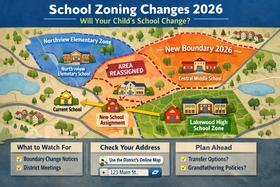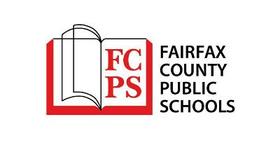Although New York City recently issued guidelines for sex education in all of its high schools, the rest of the state does not appear to be faring as well. A recent report by the New York Civil Liberties Union (NYCLU) suggests that sex ed in New York schools is inconsistent at best, as well as incomplete and inaccurate in a number of schools across the state. In a state that has one of the highest teen pregnancy rates in the country, public schools need to produce a well-rounded, comprehensive curriculum without bias or stereotypes, the report recommends.
About the NYCLU’s Report
In creating the report, titled, “Birds, Bees and Bias: How Absent Sex Ed Standards Fail New York’s Students,” the NYCLU looked at 82 public school districts across the state. The organization originally asked 108 districts for information about their sex education programs, but 26 that responded were excluded from the study due to insufficient information. The study also did not include schools in New York City, since the city took measures to standardize and update the sex education programs last year. The 82 districts included in the study encompasses just over 540,000 students, which is more than half of all the students in the state, with the exception of students within New York City.
The report found that although New York’s Department of Health published guidelines in 2005 regarding sex education in schools, those guidelines are not requirements for schools to follow. The guidelines also did not include recommendations for specific curriculum or resources that would be appropriate for classroom use. Instead, individual districts have determined how to present sex education in the classroom, and the results have fluctuated from district to district.
What New York Schools are Teaching
The NYCLU found “glaring inaccuracies” in the sex education curriculum currently taught in some schools across the state, according to Think Progress. Many schools presented incomplete lessons on human anatomy and reproduction, since curricula failed to mention specifics of the female genitalia. While internal organs were identified, external parts as they apply to the reproductive process were not. In some lessons, the woman’s vagina was referred to as a “sperm deposit.”
One of the state’s largest school districts in Buffalo uses textbooks that are restricted to abstinence-only strategies, the Buffalo News reports. The curriculum does not mention condoms or other types of contraception that reduce the risk of pregnancy and sexually transmitted disease. Most of the information provided in New York schools also fails to address same-sex couples or sexual orientation. In one district, the only time the subject of homosexuality is addressed is in reference to AIDs statistics.
“Too much is missing. Too much is inaccurate,” Donna Lieberman, executive director for the NYCLU, told the Democrat and Chronicle. “There are far too many stereotypes and far too much bias, and far too much shame-and-blame pervading New York’s sex education programs.”
Prevalence of Teen Sex Adds to Concern
The Huffington Post reports that 45 percent of males and 40 percent of females in New York high schools describe themselves as “sexually active.” Despite those high numbers, only two in three males say they use condoms and one in five females take oral contraceptives. The teen pregnancy rate in New York is the 11th highest in the nation. Sexually transmitted diseases are also a concern in the state, with one in three cases of an STD diagnosed in a patient 19 years or younger.
“The physical health and sexual and emotional well-being of New York’s youngest residents is being compromised daily in its schoolrooms,” the report reads. “Low sex-ed literacy results in unplanned pregnancies, sexually transmitted infections including HIV and a lowered well-being for the state’s youth. All of these factors together limit young people’s education hobbling their potential for personal and economic independence, and adding significant costs to the state.”
Additional Study Findings
In addition to the concerns listed above, the study from the NYCLU published the following findings:
- The most consistent area of sex education was in HIV instruction, since this subject has been required by law in New York schools since 1987.
- Moral overtones, including abstinence, pregnancy and same-sex relationships has been pervasive in many textbooks used in New York schools to date.
- Same-sex relationships are stigmatized in New York curriculum or avoided altogether.
- Methods for preventing pregnancy and sexually transmitted diseases are not widely covered in much of the curriculum in schools throughout the state.
- Many of the lessons in New York schools support broad stereotypes, which can lead to bias and even bullying among high school students. Non-traditional models are rarely broached to encourage tolerance and understanding of the sexual health needs of all New York students.
Numbers Show Need for Comprehensive Sex Education
While New York schools fail to provide comprehensive sex education in many of these areas, the study also demonstrates evidence that revamping the curriculum in New York schools could offer significant benefit. The study cites statistics that show comprehensive instruction in sexual health typically results in lower numbers of teen pregnancies and STDs than abstinence-only programs. These programs typically reinforce the importance of delaying sexual relations, responsible use of contraception and reducing sexual partners and frequency of sex.
The NYCLU report was released by the organization this month. It remains to be seen whether the state will take the information in the report to heart and formulate guidelines for comprehensive sex education curriculum, as the study’s authors urge state lawmakers to do.
Questions? Contact us on Facebook @publicschoolreview.















